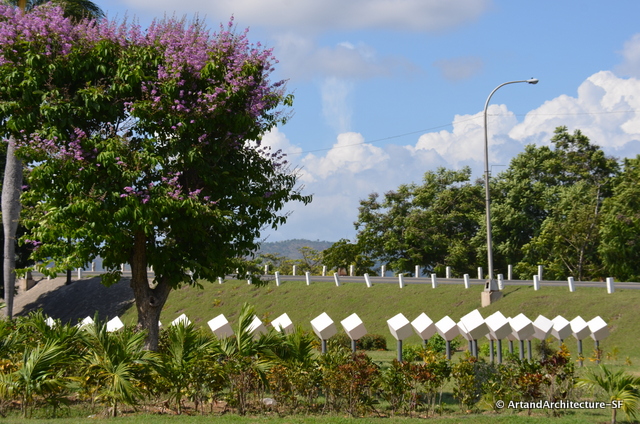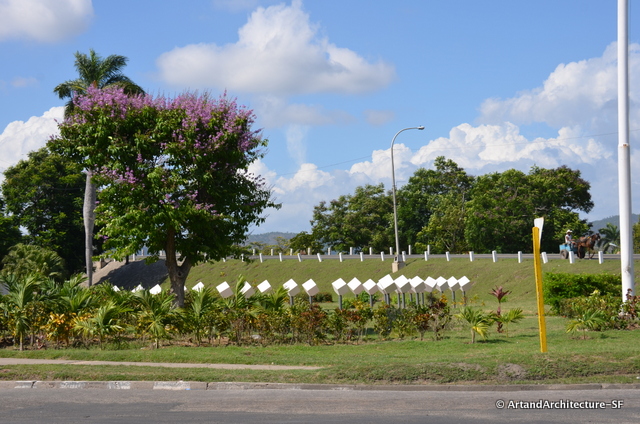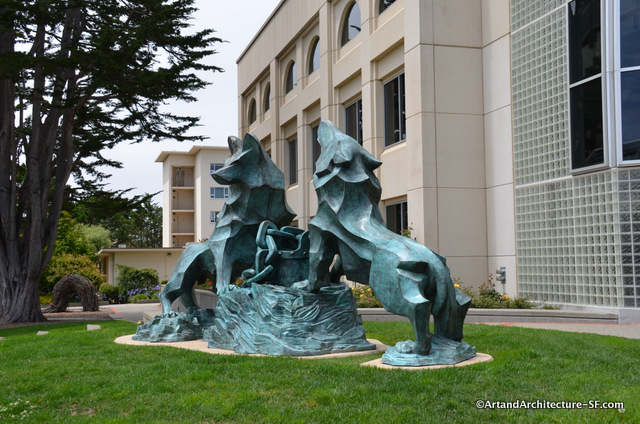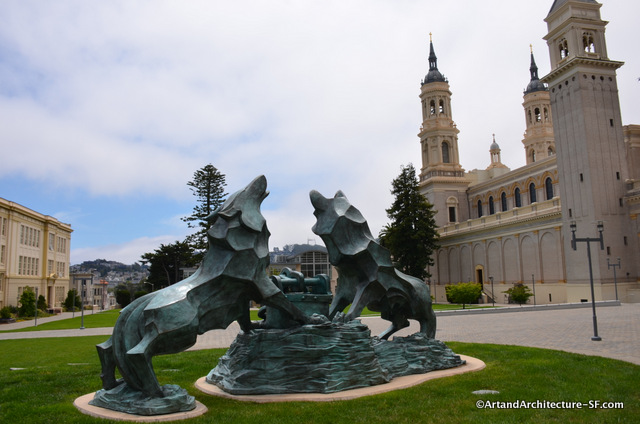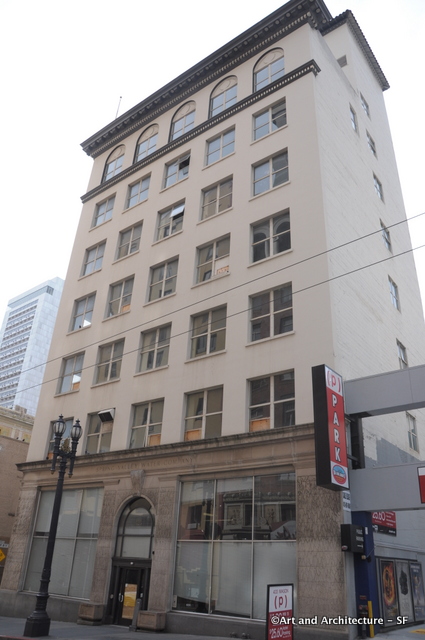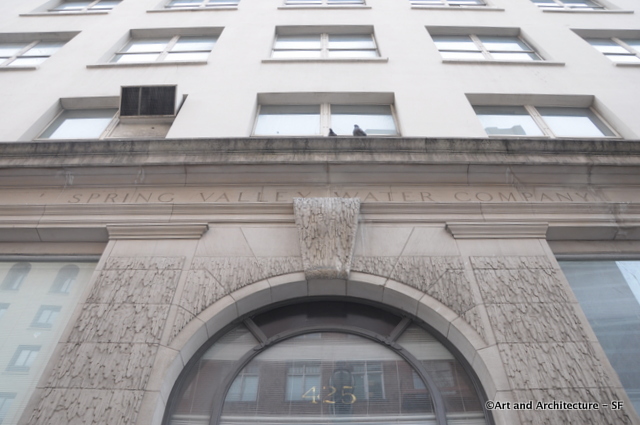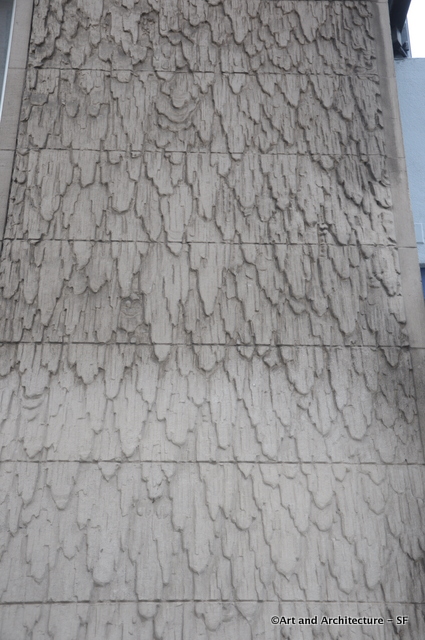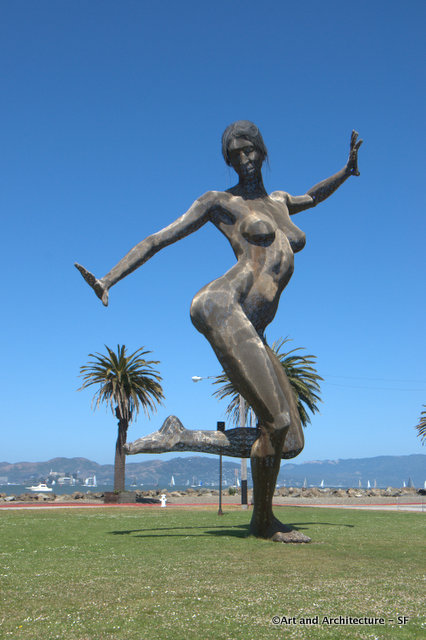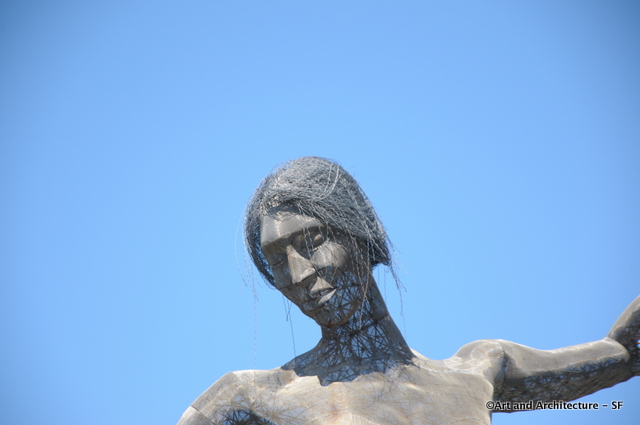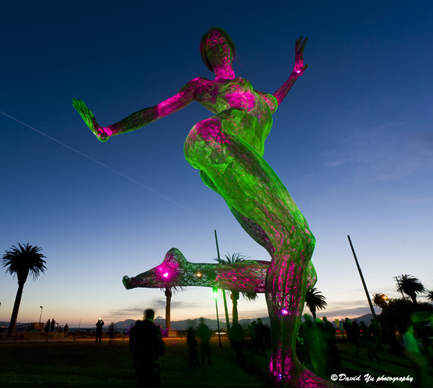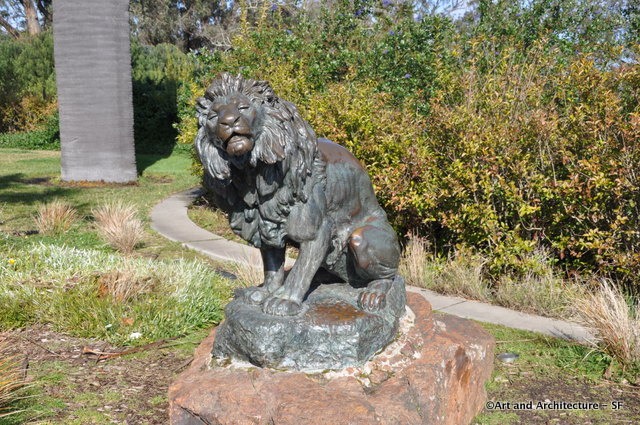Mint Plaza
SOMA/Market Street Area/Union Square

WHAT is on the Side of the San Francisco Chronicle Building at 5th and Minna
These two sculptures are part of a large project, within an even larger project.
The larger project is called the 5M project.
The 5M Project is a creative development in downtown San Francisco designed to catalyze the innovative ideas that build our economy and strengthen our communities. It is a place that utilizes a collective need for innovation to encourage shared resources and ideas across traditional boundaries. Where artists, makers, students, changemakers, entrepreneurs, local food, and technology are coming together day and night. A place designed for people to be creative.
In the last two years, 5M has assembled and connected more than 2,000 creative organizations linked together at 5M through their partners: TechShop, Hub, SoMa Central, SFMade, Intersection for the Arts, Off the Grid and SOCAP, among others. Together, they are transforming an underutilized property into a vibrant place for community and innovation.
Over the next ten years, the four-acre site (between 5th, Mission, and Howard Streets) will become a mix of low, mid, and high rise buildings for living, working, and playing.
These two sculptures are the first of five sculptures that ask Who, What, When, Where and Why and are put together by the Intersection for the Arts program. Established in 1965, Intersection is a pioneering arts and community development organization that brings people together across boundaries to instigate break-through change. Intersection’s programs emphasize relationships, collaboration, and process. Intersection works with hundreds of artists through residencies, commissions, fellowships, fiscal sponsorship and incubation, performances, exhibitions, workshops and public art projects. Annually, Intersection works with more than 50 community partners across sector and field. Intersection is a lead collaborator on the 5M Project.
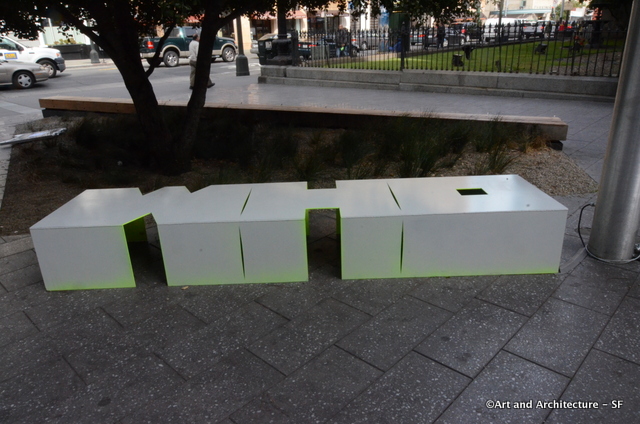
The WHO sculpture is a 10 foot long, 300lb steel bench made of 7 gauge A-36 steel and sits in Mint Plaza on the 5th Street Side.
The artists for this project are of five illuminated sculptures to be installed around the area are artist Ana Teresa Fernandez and designer & architect Johanna Grawunder.
Ana Teresa Fernandez is a visual artist, sculptor, and performance artist based in San Francisco, CA. Originally from Tampico, Mexico, Fernandez explores the territories that encompass different boundaries and stereotypes: physical, emotional, and psychological. She subverts the typical folkloric representations of Mexican women by changing the protagonist’s uniform to the quintessential little black dress, a symbol of American prosperity and femininity and of the Mexican tradition of wearing black for a year after a death. Her paintings portray actual performances where Fernandez takes on the Sisyphean task of cleaning the environment – sweeping sand on a beach, vacuuming a dirt road – to accentuate the idea of disposable labor resources. She received her M.F.A. from the San Francisco Art Institute
Johanna Grawunder is a designer and architect based in Milan, Italy and San Francisco. Her work spans a broad range of projects and scales, from large-scale public installations, architecture and interiors, to limited edition furniture and lights and custom commissions. She worked with Sottsass Associati from 1985-2001, becoming a partner in 1989. At the Sottsass Studio she was involved primarily with architecture and interiors, co-designing with Ettore Sottsass, many of the firm’s most prestigious projects. In 2001 she left Sottsass Associati and opened her own studio in San Francisco and Milan. Graduating in 1984 from California Polytechnic State University in San Luis Obispo with a Bachelor of Architecture degree, she completed her final year of studies in Florence, Italy and in 1985 moved to Milan. She was born in 1961 in San Diego, California.
